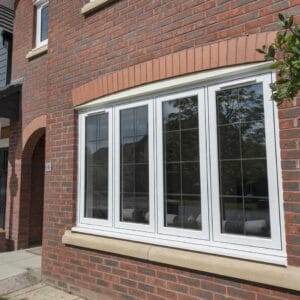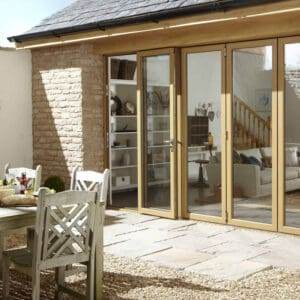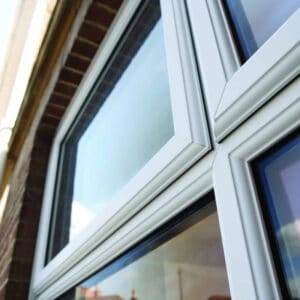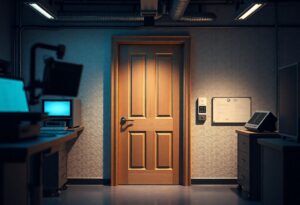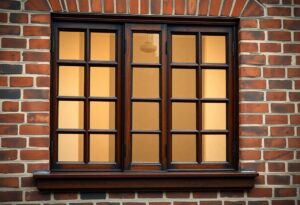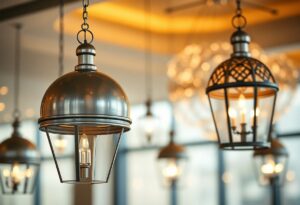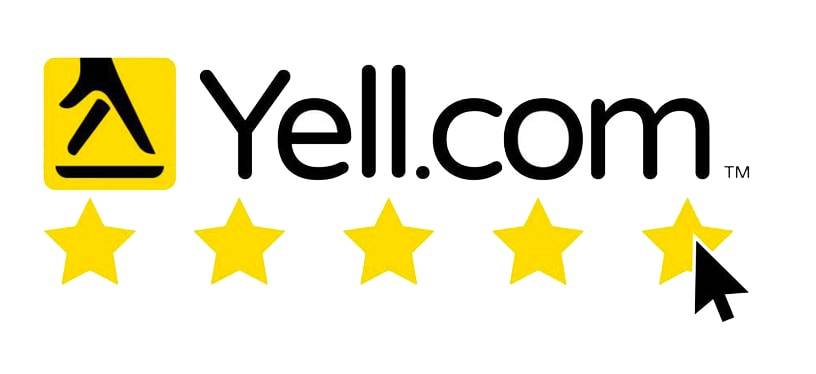It’s imperative to understand the best practices for installing high-performance windows to ensure optimal energy efficiency and comfort in your home. Proper installation can significantly impact the functionality and longevity of your windows, so you should pay attention to details such as insulation, sealing, and drainage. This blog post will guide you through the key steps and techniques, including links to In-Depth: Window Installation in High-Performance Walls, to enhance your understanding and improve your installation process.
Understanding High-Performance Windows
Your knowledge of high-performance windows can significantly enhance your home’s energy efficiency and comfort. These advanced glazing solutions are designed to minimise heat loss and solar gain while maximising natural light, providing an excellent balance between aesthetics and functionality.
Definition and Features
About high-performance windows, they are defined by their innovative elements such as low-emissivity (low-E) coatings, multiple glazing layers, and inert gas fills like argon or krypton. These features work together to reduce heat transfer, thereby increasing energy efficiency and reducing your heating and cooling costs. The low-E coating reflects infrared light while allowing visible light to enter, making your home brighter without sacrificing insulation.
Benefits of High-Performance Windows
Between the numerous advantages of high-performance windows, you can expect reduced energy bills, enhanced comfort, significant noise reduction, and even increased property value. Studies have shown that homeowners can save up to 30% on energy costs when upgrading to these windows. Moreover, properties with high-performance windows often see a boost in resale value (consider evaluating your current windows for this investment).
It is vital to highlight that the energy efficiency, quiet atmosphere, and aesthetic appeal provided by high-performance windows contribute not only to your comfort but also to the long-term savings on energy bills. Investing in these windows positions you as a responsible homeowner while also enhancing your living experience (make sure to assess the long-term benefits when making your choice).
Pre-Installation Considerations
Clearly, before begining on a high-performance window installation, it is crucial to evaluate several key factors that will influence the success of your project. This includes assessing your building’s specific requirements, understanding local building codes, and determining suitable materials that cater to your unique climate conditions and orientation. Careful analysis at this stage will ensure a more streamlined installation process and optimal energy efficiency.
Assessing Window Needs
For effective assessment of your building’s window requirements, consider the climate, orientation, and existing conditions. Take precise measurements to ensure proper fit and compliance with building codes. Additionally, factors like sun exposure and prevailing winds should inform your choice of window types and features, tailored to enhance comfort and energy savings.
Choosing the Right Windows
About selecting the right high-performance windows for your project, evaluate frame materials, glazing options, and manufacturer ratings. Look for certifications such as Energy Star and NFRC, which offer reliable benchmarks for efficiency. Your choice should also reflect your aesthetic preferences along with the practical needs of your building. (The type of glazing can significantly impact your energy costs.)
Assessing your options thoroughly allows for an informed decision when selecting windows. Ensure that the frame materials suit your climate and maintenance requirements while providing the appropriate thermal insulation and durability. Your selected windows should ideally combine performance with style. (Investing in quality windows can yield substantial energy savings over time.)
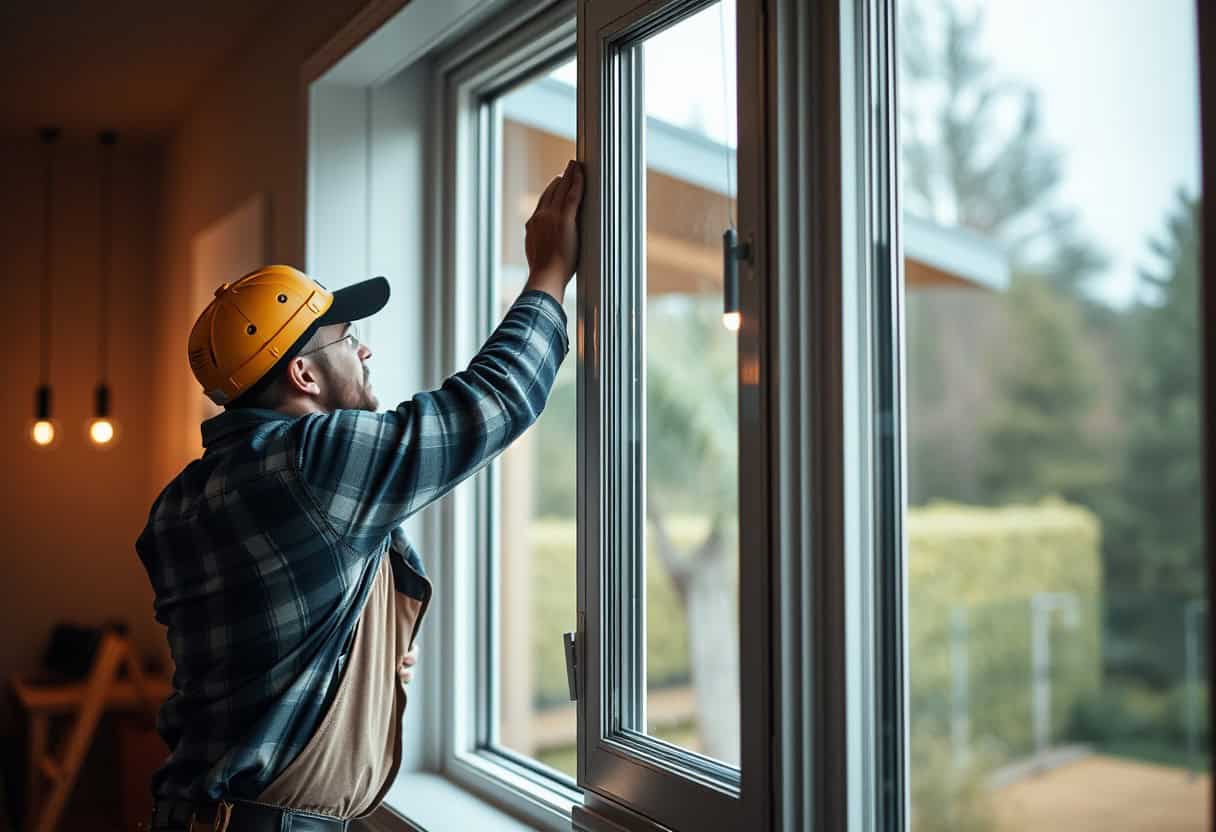
Installation Best Practices
Even with the best quality windows, improper installation can lead to performance issues. To achieve optimal energy efficiency and durability, you should follow best practices that include meticulous framing preparation, ensuring the frame is level and square, appropriate sealing around the edges, and maintaining correct spacing for expansion and contraction. Using high-quality tools such as a laser level and caulking gun will enhance your installation process. (Choosing the right installation team can significantly impact your windows’ performance.)
Proper Techniques and Tools
By using the right techniques and tools during installation, you can greatly enhance the longevity of your windows. Begin with careful framing preparation to create a solid base, then apply caulking and weatherstripping diligently to seal any gaps. You must also pay attention to creating an appropriate spacing technique, accommodating thermal expansion and contraction. Additionally, ensure the use of appropriate tools like a level and shims for accurate placement. (Selecting the right tools is vital for achieving the desired results.)
Ensuring Proper Sealing and Insulation
Around your windows, proper sealing and insulation are vital aspects of the installation process. You should focus on applying weatherstripping and caulking to eliminate any potential air and moisture infiltration, which can lead to energy loss and damage over time. Utilising insulation materials that complement the frame type is vital in maintaining overall performance. Effective sealing will not only enhance comfort but also protect your home from the elements. (Investing in high-quality sealing materials pays off in the long run.)
Considering the sealing and insulation methods, you should opt for high-quality weatherstripping and caulking to ensure that your windows are impervious to air and water penetration. Using foam insulation can provide excellent thermal resistance and acoustic performance, while ensuring the elimination of cold drafts. Additionally, always inspect your sealed areas for any gaps, as they could significantly impact energy efficiency. Regular maintenance will contribute to the performance longevity of your windows. (Poor sealing can lead to serious issues, such as mould growth and structural damage.)
Post-Installation Inspection
Keep your new high-performance windows in top condition by conducting a thorough post-installation inspection. This involves checking the sealing, alignment, and overall finish to ensure they function as designed. For detailed guidance on this process, consider Installing High-Performance Windows in a Passive House.
Evaluating the Installation
Any inspection should begin with a comprehensive checklist to evaluate the quality of the installation. Conduct visual inspections for gaps or misalignments, functionality tests to ensure smooth operation, and check for potential defects that might lead to long-term issues. Make sure to assess:
- Seals for integrity
- Alignment with framework
- Movement of opening mechanisms
- Condition of surrounding materials
- Weatherproofing efficiency
(Identifying concerns early can save significant costs later.)
Maintenance Tips
About maintaining your high-performance windows, you should establish a routine that includes regular cleaning, scheduled inspections, and prompt repairs as needed. Use soft cloths and appropriate cleaning solutions to protect the frame and glass. Create a maintenance schedule to check for signs of wear or damage, focusing on:
- Cleaning techniques
- Inspection schedules
- Repairs that may be necessary
(Establishing a proactive maintenance plan could enhance your windows’ lifespan.)
Maintenance of your high-performance windows is vital to ensure their longevity and continued performance. Regular upkeep not only maintains their aesthetic appeal but also preserves their energy efficiency. You should frequently check for the following:
- Window frames for any signs of wear
- Gaskets and seals for degradation
- Glass for scratches or cracks
- Hardware for proper functionality
Knowing these aspects can help you avoid costly replacements down the line.
To wrap up
The installation of high-performance windows is important for ensuring optimal energy efficiency and long-term durability in your home. By following the best practices outlined, including proper measurement, ensuring a snug fit, adequately sealing around the frames, and considering local climate conditions, you can significantly enhance the performance of your windows. Ultimately, a professional installation will not only improve your home’s comfort but also contribute to energy savings and reduced environmental impact, making it a worthwhile investment for you and your property.
FAQ
Q: What are high performance windows?
A: High performance windows are specially designed to enhance energy efficiency while providing superior insulation, reduced condensation, and optimal solar control. They often feature advanced glazing technologies, low-emissivity (Low-E) coatings, and gas fills between panes to improve thermal performance and decrease energy consumption in buildings.
Q: Why is proper installation important for high performance windows?
A: Proper installation is vital for high performance windows as it directly affects their ability to perform as intended. Flawed installation can lead to air leakage, moisture intrusion, and diminished energy efficiency. Additionally, well-installed windows enhance the longevity of the product and maintain the warranty coverage.
Q: What tools are needed for installing high performance windows?
A: The tools typically required for installing high performance windows include a measuring tape, level, square, utility knife, caulk gun, screwdrivers, power drill, and possibly a nail gun for securing the window frame. Additionally, materials such as flashing tape, insulation foam, and sealants are also necessary to ensure a secure fit and seal.
Q: What is the best way to prepare the opening for window installation?
A: Preparing the opening involves ensuring that the frame is level, square, and plumb. It should be free from debris and any old materials. Any existing flashing should be inspected and repaired if necessary. Installing a dampproof membrane may be beneficial for moisture management, and adding a strip of insulation can further enhance the thermal performance of the installation.
Q: How can I ensure that my high performance windows are properly sealed?
A: To ensure proper sealing of high performance windows, it is important to use the appropriate weatherproofing materials such as flashing tape and high-quality sealants. Apply sealants around the entire perimeter of the window frame, ensuring that there are no gaps. It is advisable to use expanding foam insulation in addition to sealants to provide additional thermal protection and minimise air leakage.
Q: What are common mistakes to avoid during the installation of high performance windows?
A: Common mistakes include failing to level or square the window unit, neglecting to use enough insulation and sealing materials, improper use of flashing, and rushing the measurements. Additionally, overlooking the manufacturer’s installation instructions can lead to inadequate performance. Taking time to thoroughly read and follow guidelines can significantly impact the overall effectiveness of the windows.
Q: How should I maintain my high performance windows after installation?
A: Regular maintenance of high performance windows involves cleaning the glass and frame, checking for any signs of seal failure or damage, and ensuring that drainage holes are clear of debris. It is advisable to inspect the caulking and weather stripping annually, replacing any worn materials as necessary. Keeping the frame and hardware well-lubricated will also contribute to the long-term performance of your windows.


